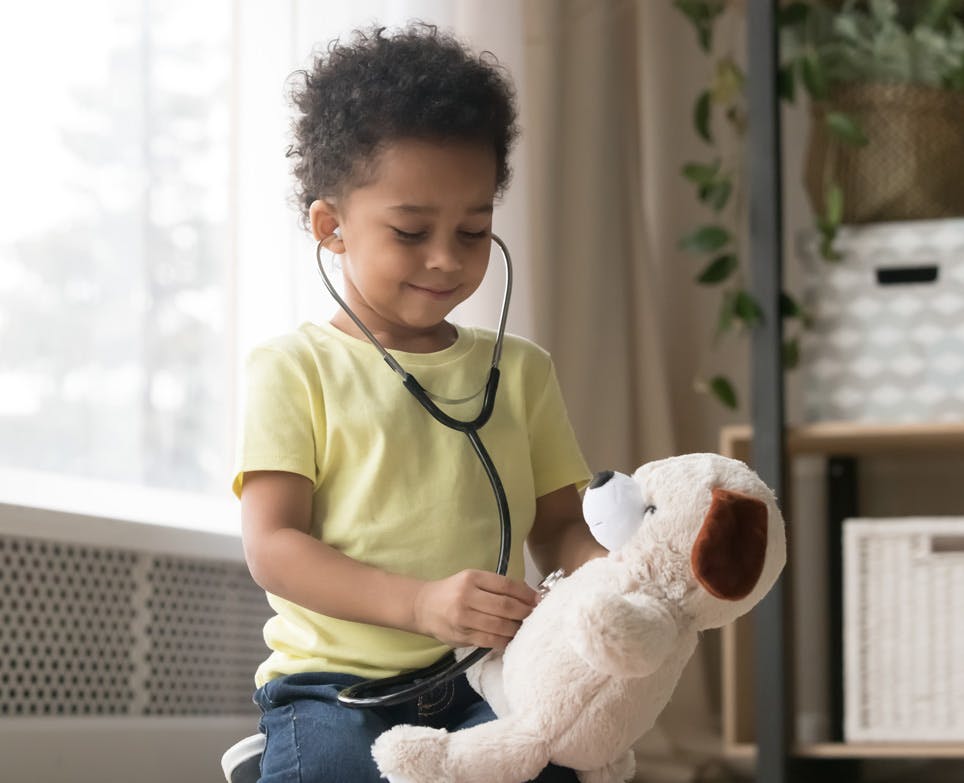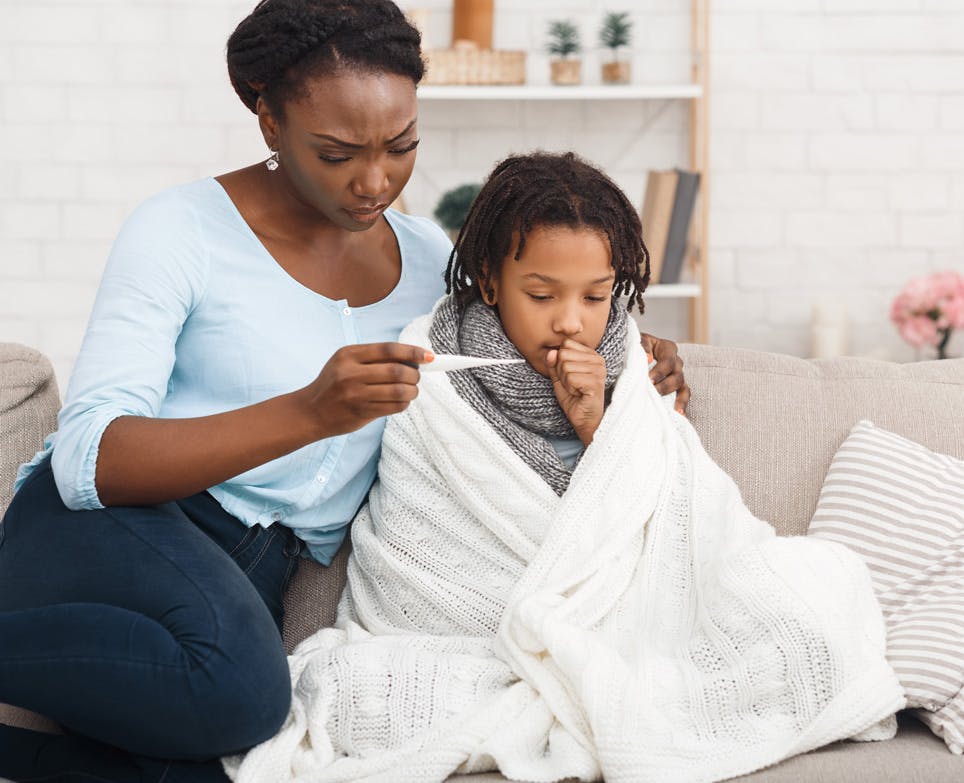
MANAGING FEVER
The body’s normal temperature is around 37°C, however it can vary according to the time of day. If your temperature is over 38°C when measured orally, then you are considered to have a fever.24,25
Fevers happen when your immune system is fighting off infections such as colds, coughs and ear infections.
Note: the content of this article does not replace the advice of your healthcare practitioner. If you have any concerns please seek the advice of your healthcare practitioner immediately.

The body’s normal temperature is around 37°C, however it can vary according to the time of day. If your temperature is over 38°C when measured orally, then you are considered to have a fever.24,25
A fever can often be a good sign.

Generally, fevers happen when your immune system is fighting off infections such as colds, coughs and ear infections. At the first sign of attack, the body’s defenses launch infection-fighting chemicals into the blood. These chemicals also affect the body’s thermostat, which is located in the brain and called the hypothalamus.26,27
To take your temperature and help with managing fever, there are different types of thermometers you can use:24

- Digital. These thermometers are quick and accurate and can be used for taking temperatures orally, rectally and under the armpit.
- Ear. These digital thermometers are inserted into the ear and can only be used to take ear temperatures. They can be more expensive than other types of thermometers.
- Strip. These are placed against your forehead, and show the temperature of the skin, but not the body. They are not very accurate.
- Glass. There are two types of glass thermometers; those that contain a coloured alcohol to measure the temperature, or the more old-fashioned type which contains mercury. The use of mercury glass thermometers is not recommended, as mercury can be highly poisonous.
If you have a fever but are fine in every other way, then you may not need to do anything aside from making sure you are properly hydrated.24,28
Article reference:
24. UK NHS. Birth to Five. Available at http://www.nhs.uk/Planners/birthtofive/Pages/Treatinghightemp.aspx.
25. American Academy of Pediatrics. Fever without fear. Available at: http://www.healthychildren.org/English/health-issues/conditions/fever/Pages/Fever-Without-Fear.aspx.
26. American Academy of Pediatrics. Fever and your baby. Available at: http://www.healthychildren.org/English/health-issues/conditions/fever/pages/Fever-and-Your-Baby.aspx.
27. Wolff SM, Dinarello CA. The Jeremiah Metzger Lecture: The pathogenesis of fever in human subjects. Trans Am Clin Climatol Assoc, 1980; 91: 159-166.
28. American Academy of Pediatrics. Treating a fever without medicines. Available at http://www.healthychildren.org/English/health-issues/conditions/fever/pages/Treating-a-Fever-Without-Medicine.aspx.





